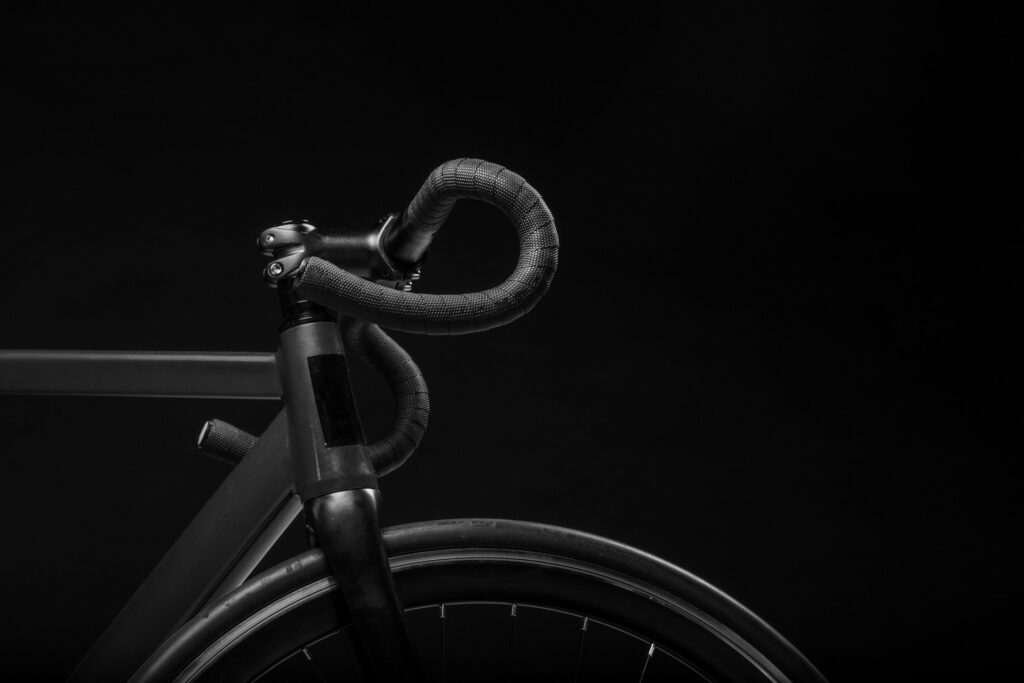Cyclists have been striving to make their bikes lighter for decades, possibly since the bicycle’s invention. Some decades later, trillium gripped the British time trial scene, with athletes piercing every metal component in sight in an attempt to cut weight.
Regardless of the era, if you ride a bike, you must propel the machine’s weight with strength. As a result, bikers are frequently focused on reducing the weight of their equipment, and even minor weight savings are exciting.
Today’s understanding of how to ride faster is more complete, and aerodynamics plays a larger role. However, hill climb competitions continue to include customized lightweight bikes dripping in carbon fiber, sawn-off handlebars, and drilled-out derailleurs.

Furthermore, as aerodynamic understanding and expertise have grown and become more publicly available recently, aero is king. According to popular belief, an aerodynamic bike setup will be faster than a featherweight bike on all except the sharpest hills.
This is crucial for racers and professional riders, but knowing our bikes are lightweight and reducing weight is still a good morale boost for most of us. Below are a few weight-saving modifications and ideas to assist you in reducing the weight of your bike.
1. The cockpit
Although it may be a minor saving, replacing your alloy handlebars with carbon-fiber equivalents can save up to 80g. You could go one step further and cut them, which doesn’t help if you intend to use the bike daily, but the rounded, non-aero, non-integrated bars are easily the lightest options on the market right now.
Don’t buy them online if you’re not convinced about the quality of cheap, lightweight carbon components. Some low-quality carbon handlebars fail, and while you’re all for weight reduction, personal safety always comes first.
2. Tires and inner tubes
Upgraded tires can give significant weight savings and improve ride quality on bikes that come standard with slightly cheaper/heavier tires. The cheapest update also has the most significant drawback – reduced puncture resistance.
Having said that, it’s a risk worth taking for many weight weenies. Continental and Veloflex are two of the most popular brands in this category. Both firms provide some of the best road bike tires, with alternatives weighing in at roughly 205g per tire in 23 or 25-mm sizes. A lighter tire saves weight and improves ride quality and feel.

Another simple way to save weight is to replace your conventional butyl inner tube with latex inner tubes or go one step further and use the thermoplastic elastomer-based Tubolito Tubo or Pirelli P Zero Smartube.
3. Wheels
To keep prices down, manufacturers often equip entry-level bicycles with more robust components, particularly wheelsets. Alloy hoops have been the go-to option in this regard, and while they are often heavier than carbon fiber, this is not always the case.
Updating your wheels will likely deliver one of the most significant weight savings in a single step if your wheels are heavy. You could save up to one pound depending on the wheelset you choose.
Finding the greatest lightweight wheels requires investigation since the lower the weight, the greater the price. While many fans wish to acquire a set of 2.4-pound Lightweight Meilenstein wheels, they are too expensive for the typical cyclist to justify as an upgrade.
4. Components and accessories
Another simple weight-saving technique is to replace your saddle, seatpost, and pedals with lightweight aluminum or carbon-fiber replacements. These improvements are also less expensive than replacing your wheels and drivetrain.
If you plan on spending a lot of time in the seat and aren’t simply interested in hill climbs, Fizik and Cadex have a slew of semi-lightweight carbon saddle alternatives.
Another easy gain is installing a lightweight seatpost and discarding extraneous accessories like bottle cages, replacing all steel screws and nuts with titanium ones, and upgrading to lightweight skewers.
You can also consider cutting the steerer tube and seat post when every gram matters. Depending on how much seatpost you utilize, slicing it off can save significant weight. Consult your local bike shop about this so that you stay within the required minimum insertion height in the frame.
5. Weight Weenie tips and tricks
You can do several simple things to conserve weight on your bike that won’t break the bank and will raise your morale.
Trimming superfluous cable and handlebar tape length can add up to a few grams if you’ve already made significant weight reductions with component changes. If your cables are exposed, optimized cables will also help with aerodynamics at the front of the bike.
Brake and gear cables and brake hoses are sometimes left on the long side at the factory, so making them as short as feasible can save a significant amount of weight. There is a fine line to walk here; go too far and you will degrade braking and shifting performance.

Handlebar tape and bar end plugs might also help you save weight. Because expanding bung-type handlebar plugs may be significantly heavier than plain plastic handlebar plugs, it’s better to keep a lightweight pair of plugs on hand to transfer across, regardless of the tape used. Thick handlebar tape is generally heavier, and thin cork tape is often the lightest. You can save on superfluous handlebar tape by spacing your handlebar tape wraps as much as possible.
Throw your valve caps and locknuts in the bin to reduce weight, and if your valve stems rattle, secure them with tape. To save even more money, replace our heavier steel bolts with lightweight alloy bolts on bottle cage bolts, top cap bolts, and other non-proprietary fasteners.
